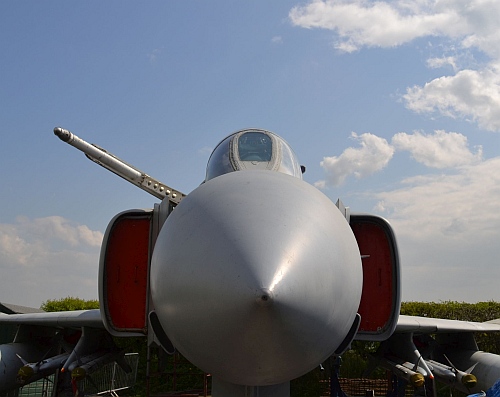
McDonnell Douglas
F-
For many people, myself included, the Phantom represents the pinnacle of Western
Cold War fighter aircraft. First flying in 1958 and entering service with the US
Navy in 1960, it remains in front-
The Phantom II started life as a speculative private venture, intended as a supersonic
(Mach 2.2) naval carrier-
Across the UK, a number of air museums have F-
Other aircraft still appear regularly at UK airshows. Return to Phantoms Page
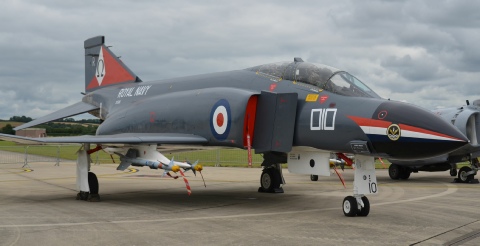
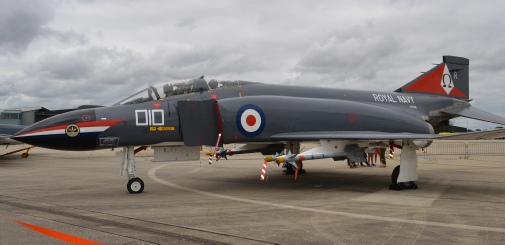


Phantom FG.1 XV 586 was transferred to the RAF when HMS ARK ROYAL paid off in 1979. It served with 43 Sqn until the early 2000s and was acquired by RNAS Yeovilton, where it was recently repainted in its original RN colours. Above is the aircraft at the 2019 RNAS Yeovilton Air Show, below is how it looked in 2013.

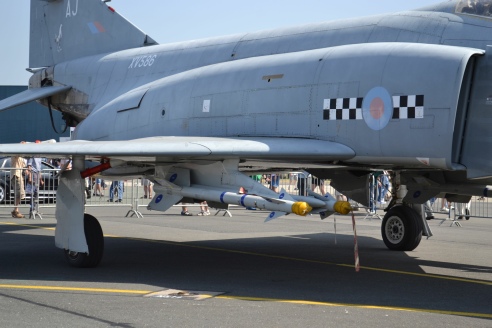
Phantom FGR.2, RAF -
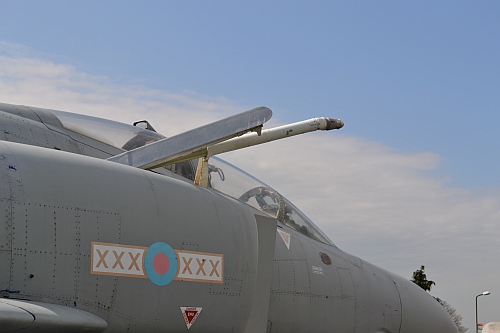
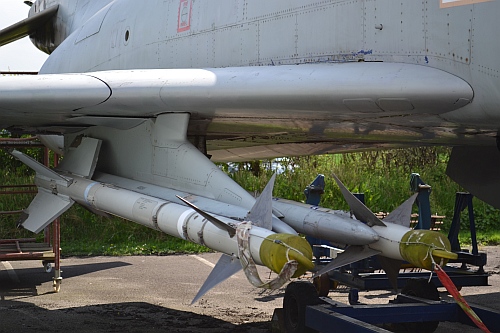
Phantom F-

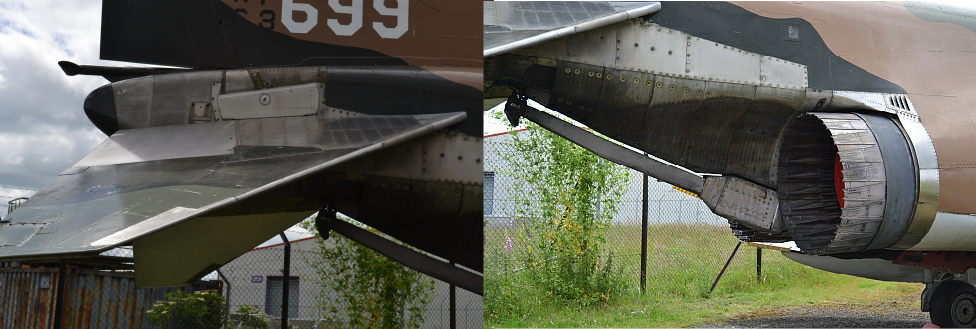

Phantom F-

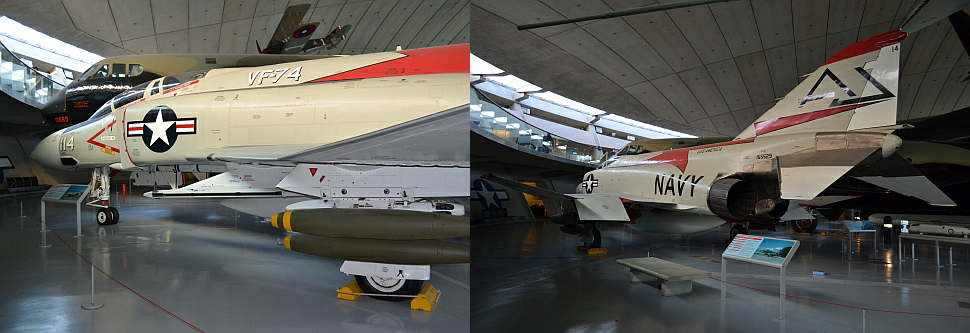
Phantom FG.1, Royal Navy -

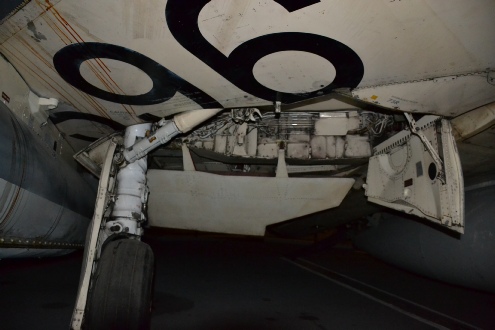

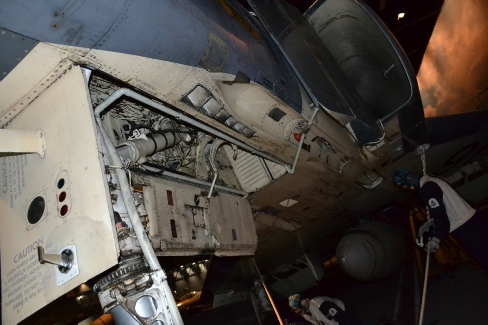
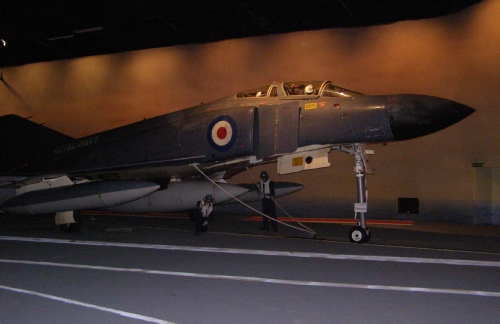
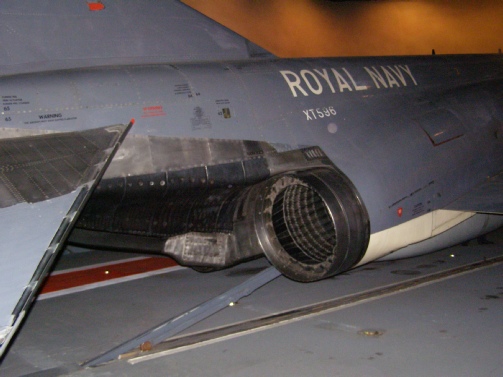


Phantom F-


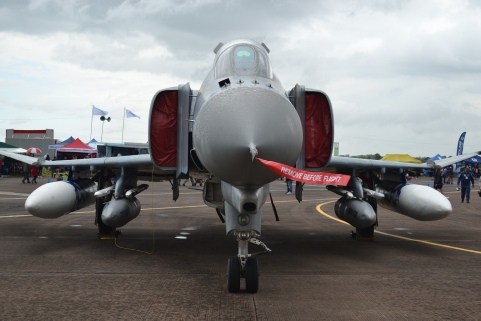
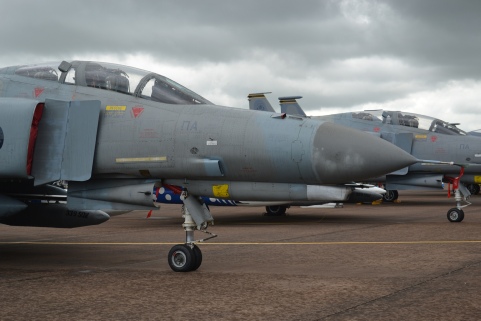
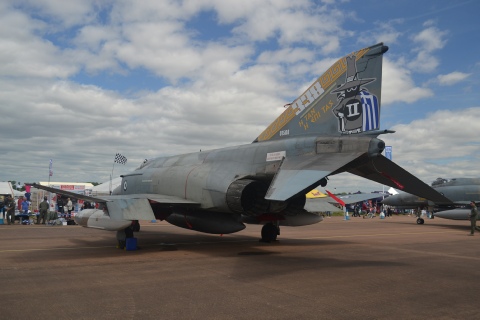

Phantom F-
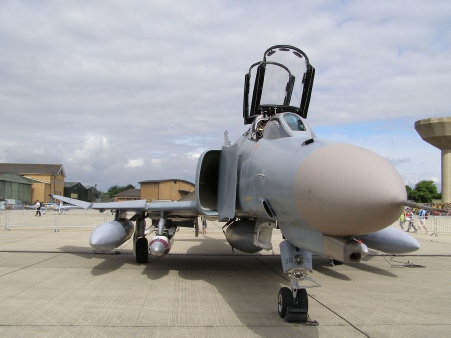
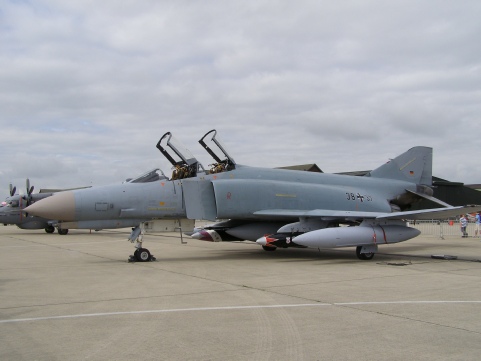
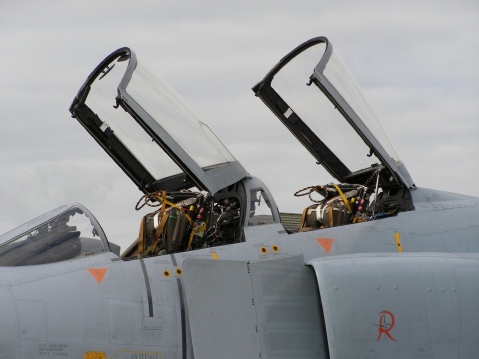

Phantom FGR.2 and FG.1 -
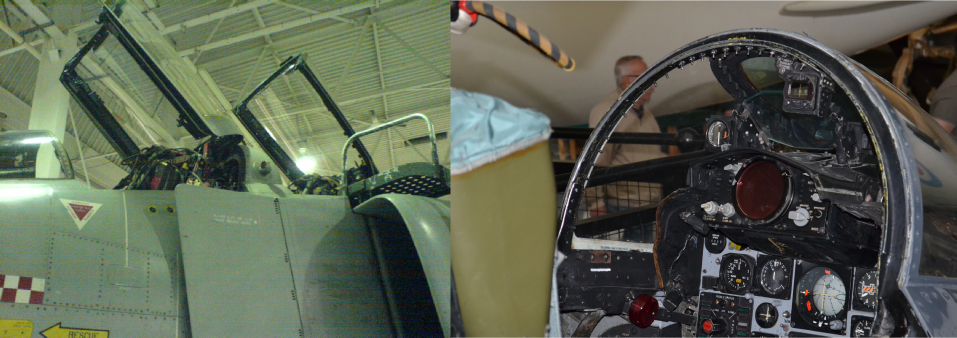
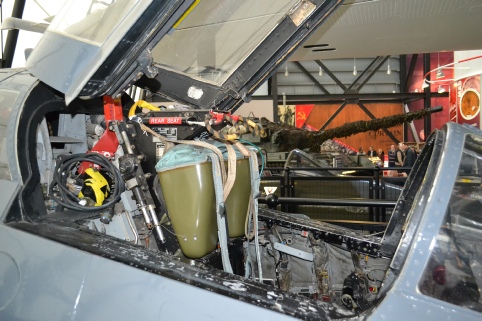

All picture on this page © gengriz 2020